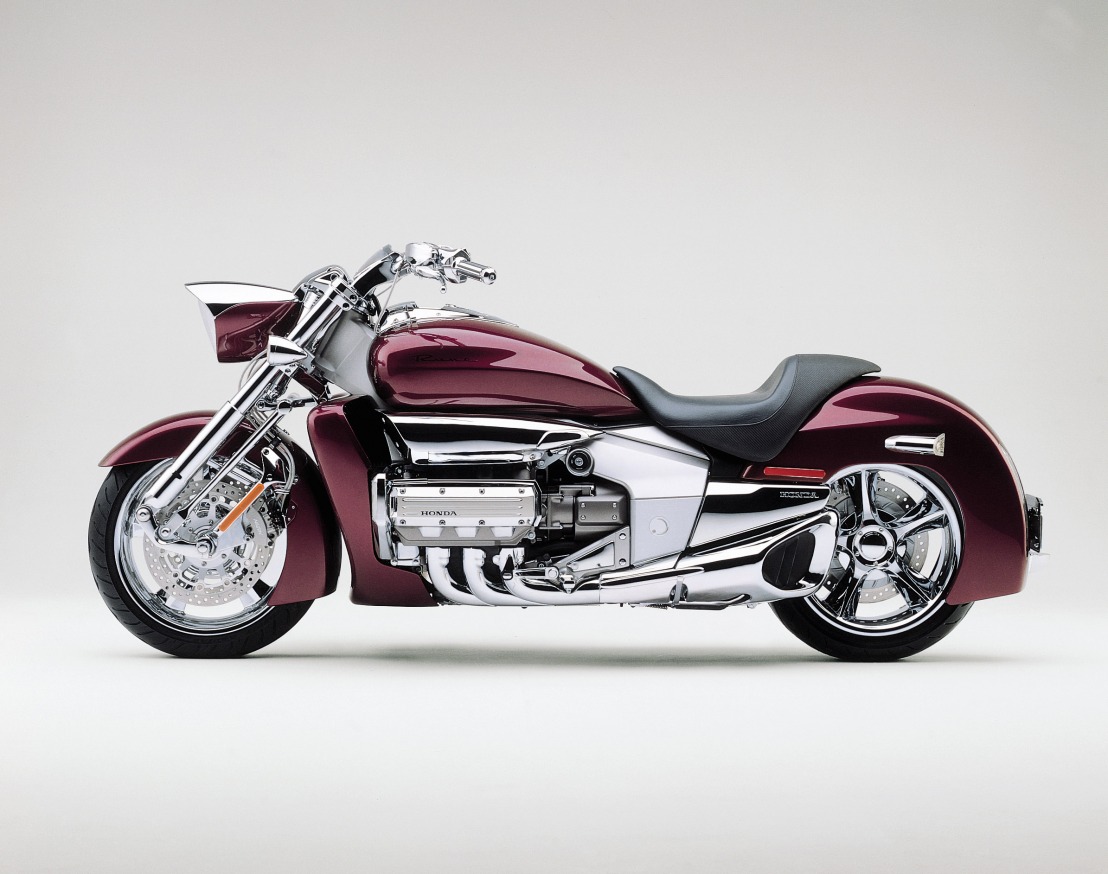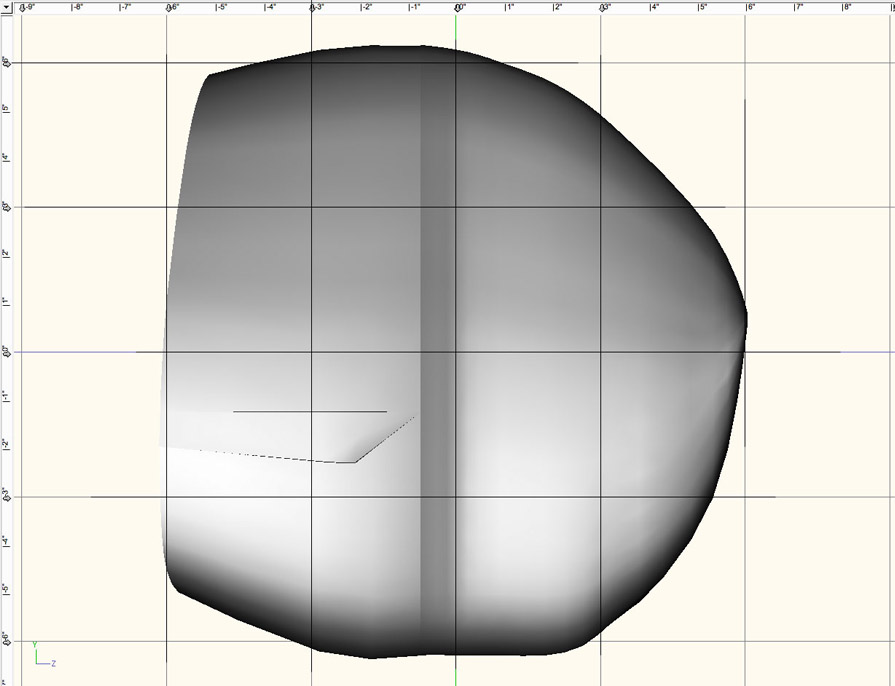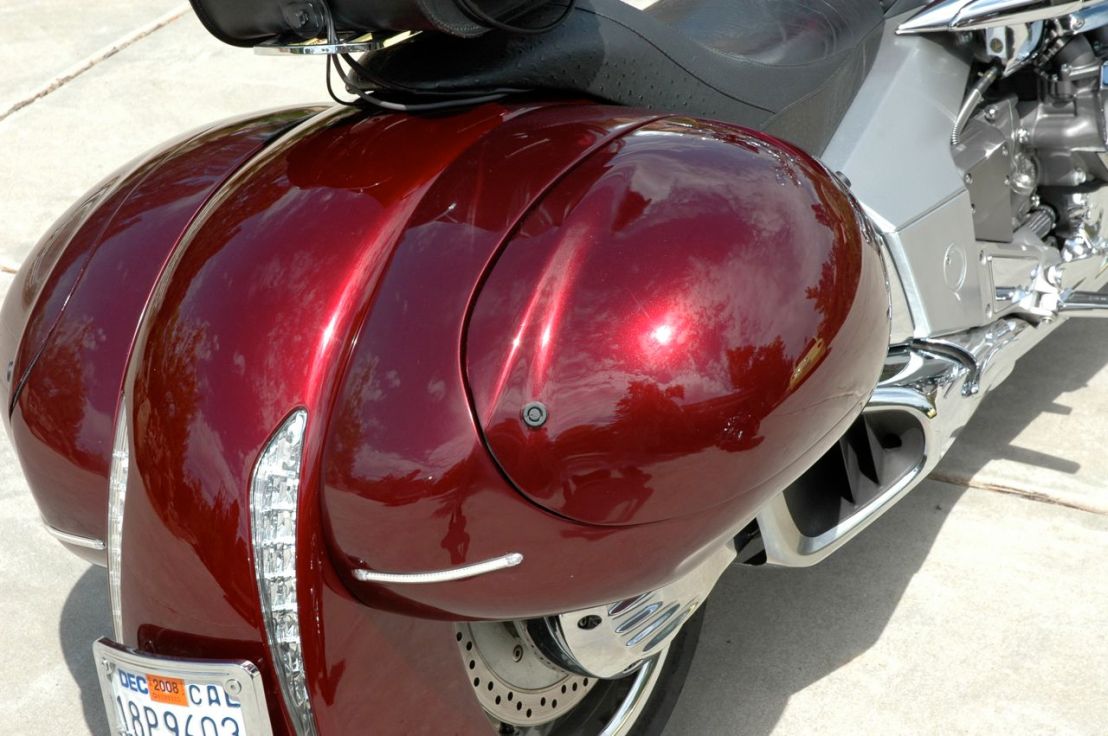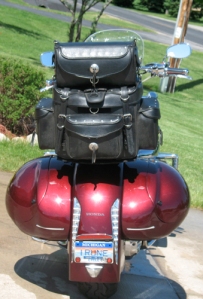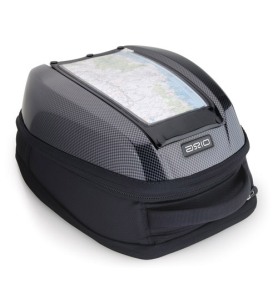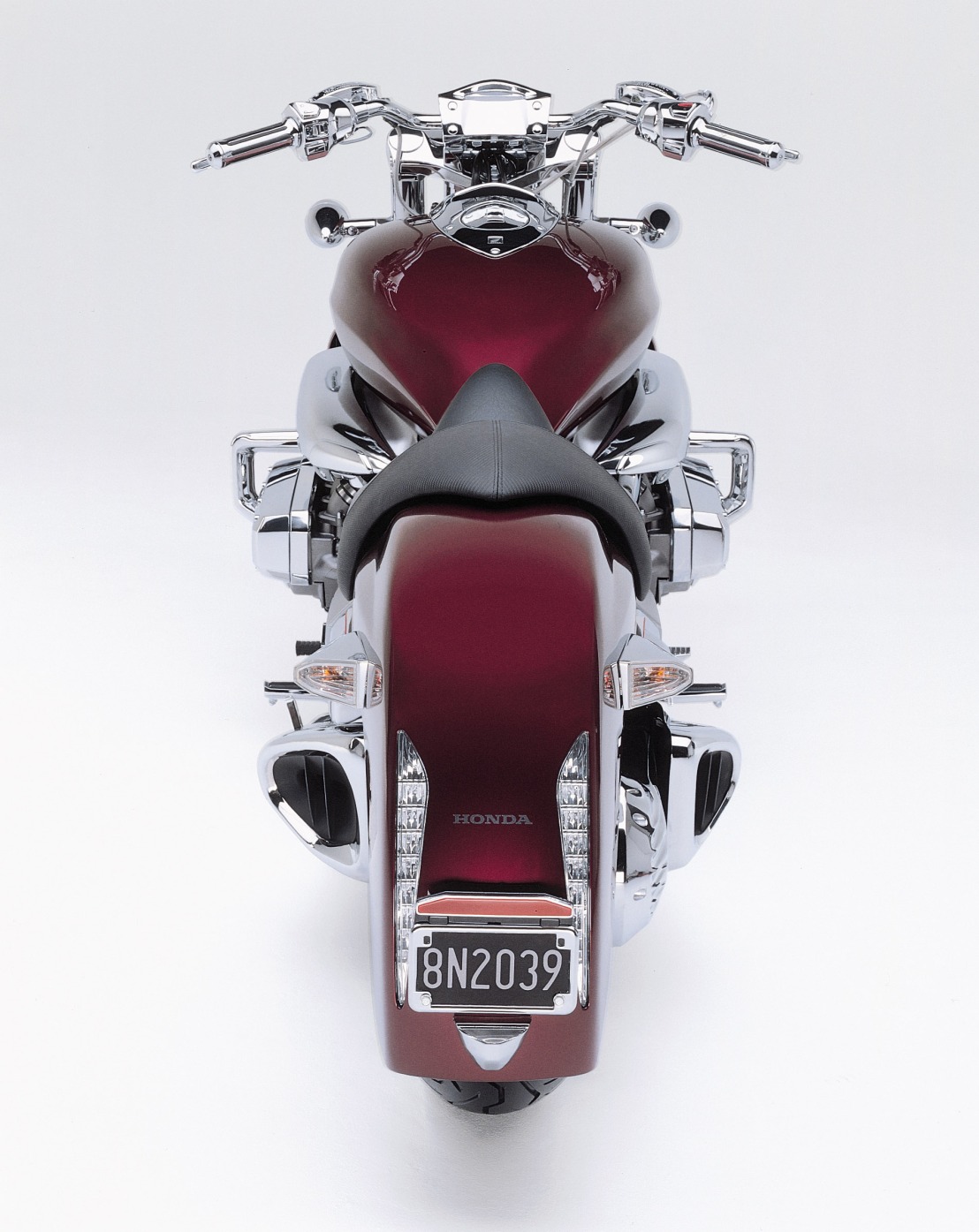I thought I’d get this down somewhere, recorded in history before someone else claims they came up with it.
“What is it?” you ask. Once in a while, somehow I come up with clever thoughts and analogies for everyday things. Interestingly enough, someone in the office brought up the subject of responsive design, and how difficult it is to do well, or at all. My thought and then answer was “Uh, no, it’s not.”
And to be truthful, really, it’s not, or shouldn’t be. Really.
It’s not that I was being cocky, or arrogant, or too sure of myself. I just feel deep down inside that people make a big deal a lot of times about things that are really quite simple, if you take the time to really look at them from a less-cluttered mind. Or even from the eyes of a child. I’m not saying one should be childish and immature. That gets you nowhere fast. But as designers, we need to be child-like at times – seeing things with wonderment and simplicity.
That afternoon I had an interview with a local creative agency to do some UX contract work, and the subject of responsive design came up again (coincidence?). The project would be for a pretty big web site, but had to happily live on the web, on a tablet, a smartphone, and even on someone’s big screen at home. So, the manager asked me what I think of, or more so, what does responsive design mean to me? How would I approach it?
My answer (and this is why I’m recording this for history): Responsive Design is pretty much the same as branding (if you worked in advertising or marketing you’ll get this – if not, then wait and you will). Take regular Coca-Cola as an example. It’s a good brand – everyone knows what to expect when they drink it, no matter if it’s from a bottle or can, i.e different packaging, but it’s the same exact experience.
So when designing a site, it needs to be the same exact experience — people need to feel like whether they’re on a smartphone or tablet or computer, there’s no shock in moving from one to another. And I truly believe in designing for the smallest thing first, where you don’t have a lot of real-estate, as well as people on the go want to get to what they want and need immediately. It’s good design. I highly recommend reading the 10 Principles of Good Design by Dieter Rams. Or look at it this way. If you buy an 800 square foot house, are you going to buy a ton of furniture, or enough to make it a nice place to comfortably live? Also, think about what you need so that if you go up in square footage, it will work equally as well – but the idea is it still works and still feels like home. You might add on a few extra pieces to compliment what you already have, or lay it out a little different, but it’s still the same content.
Now that I have that recorded for all history, I can move on now.



